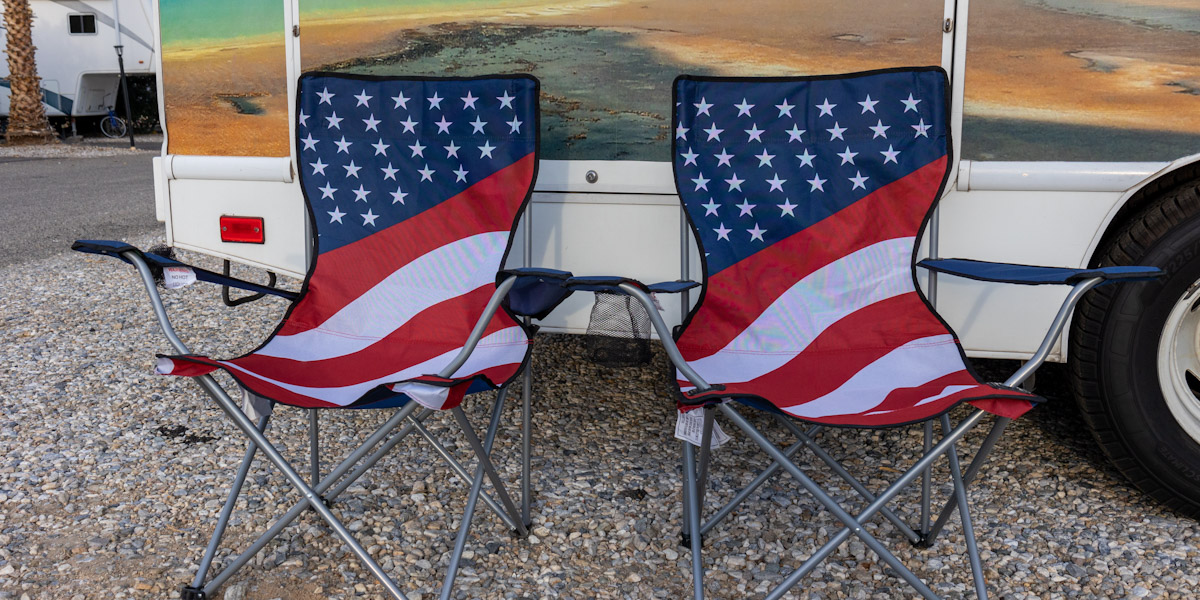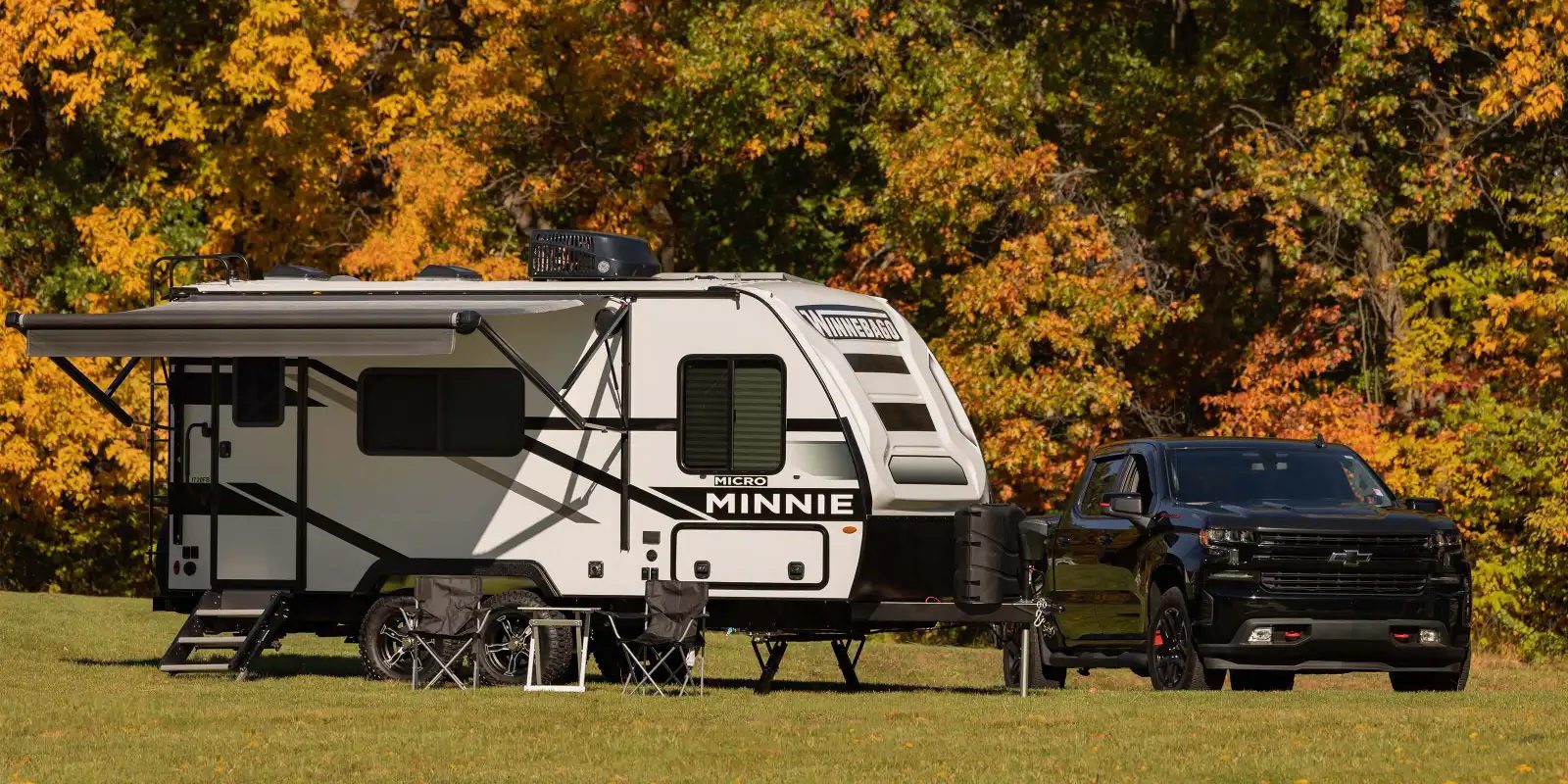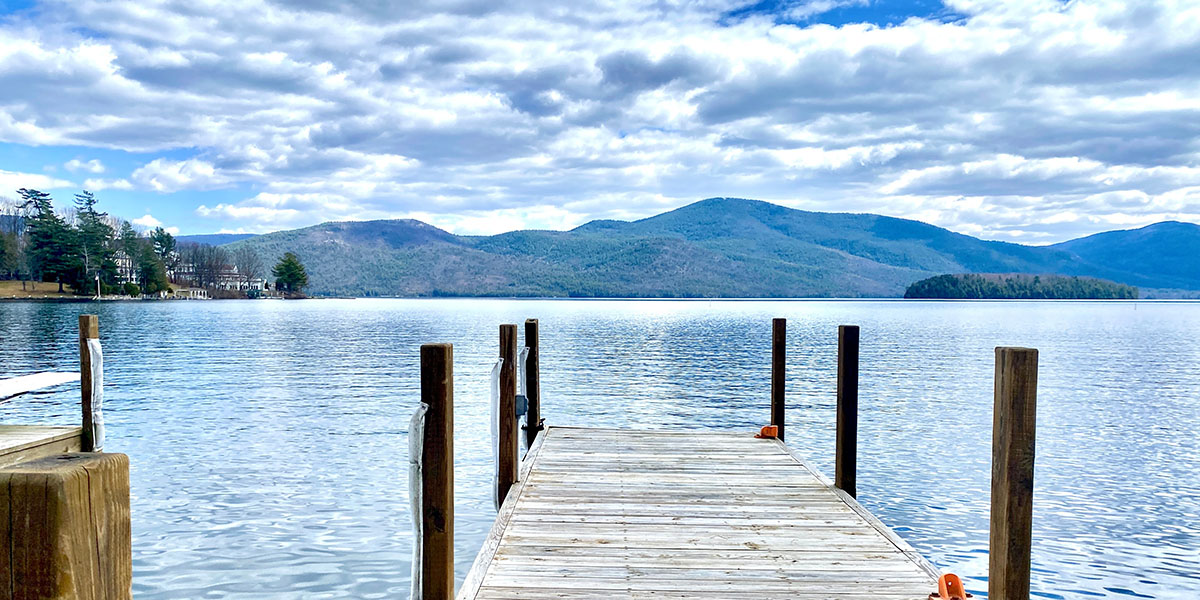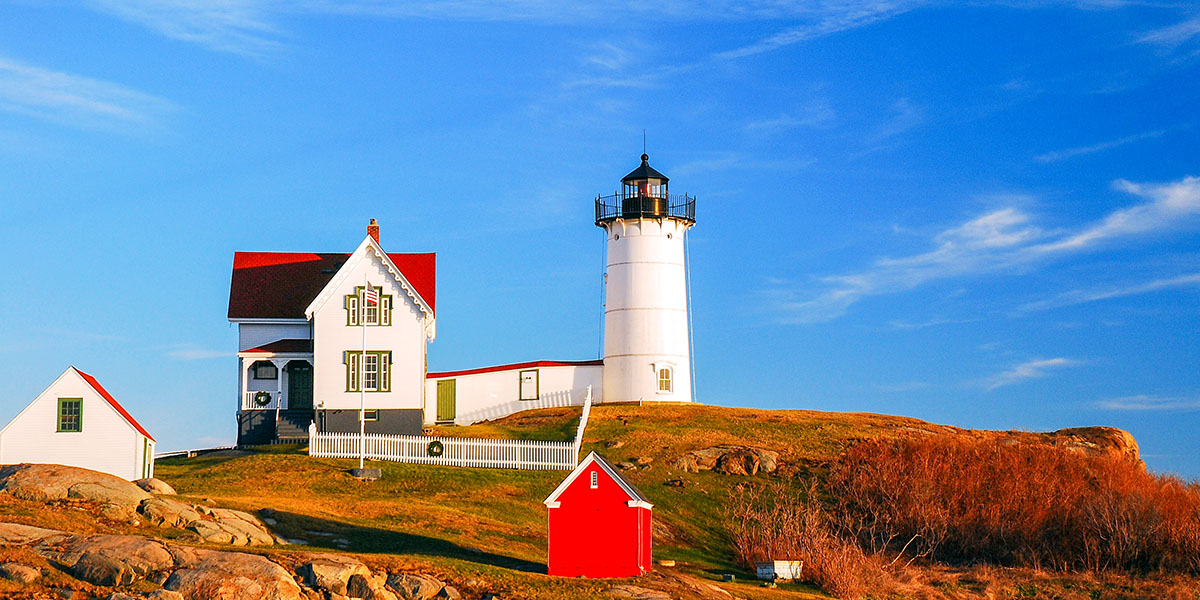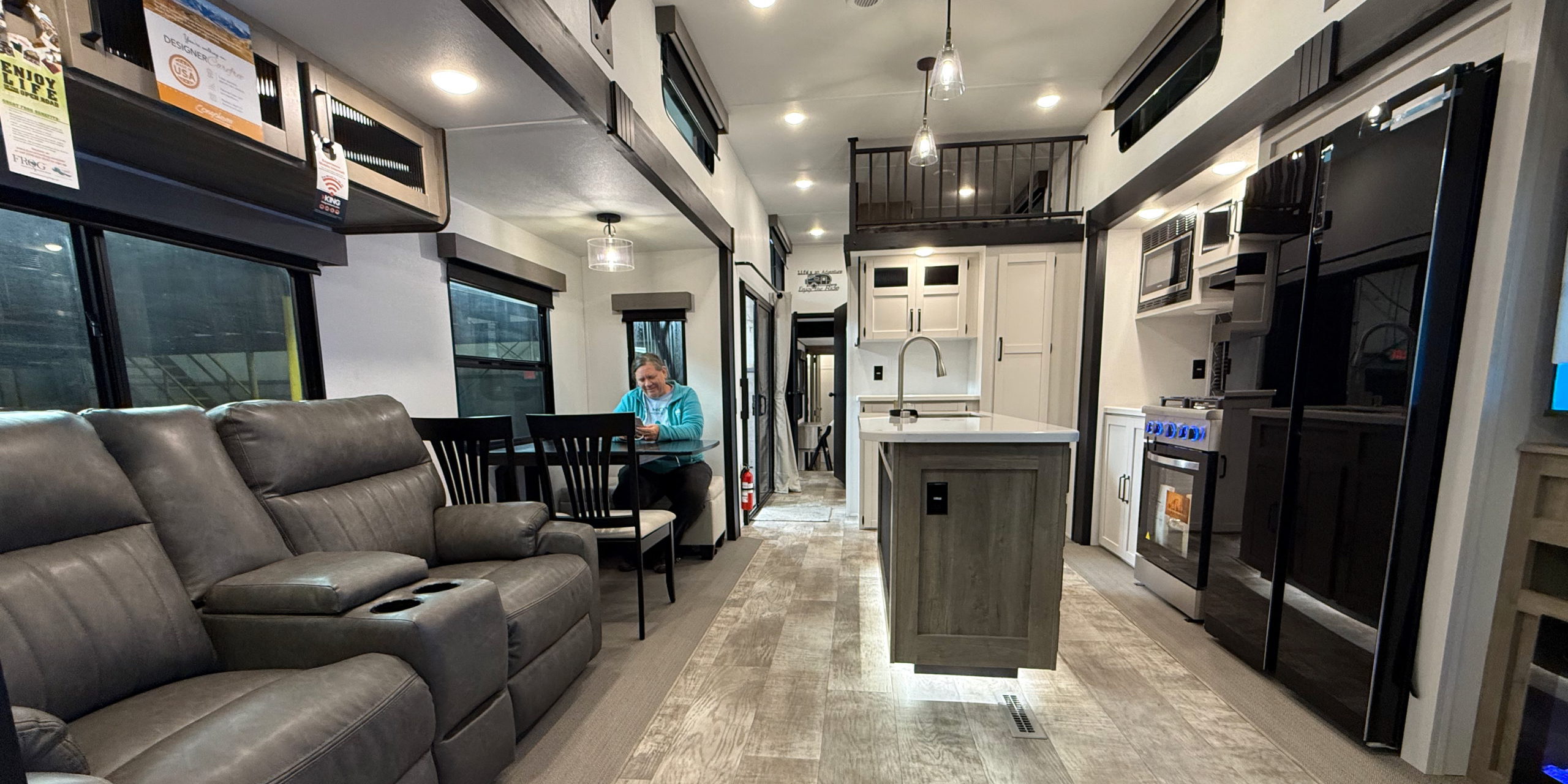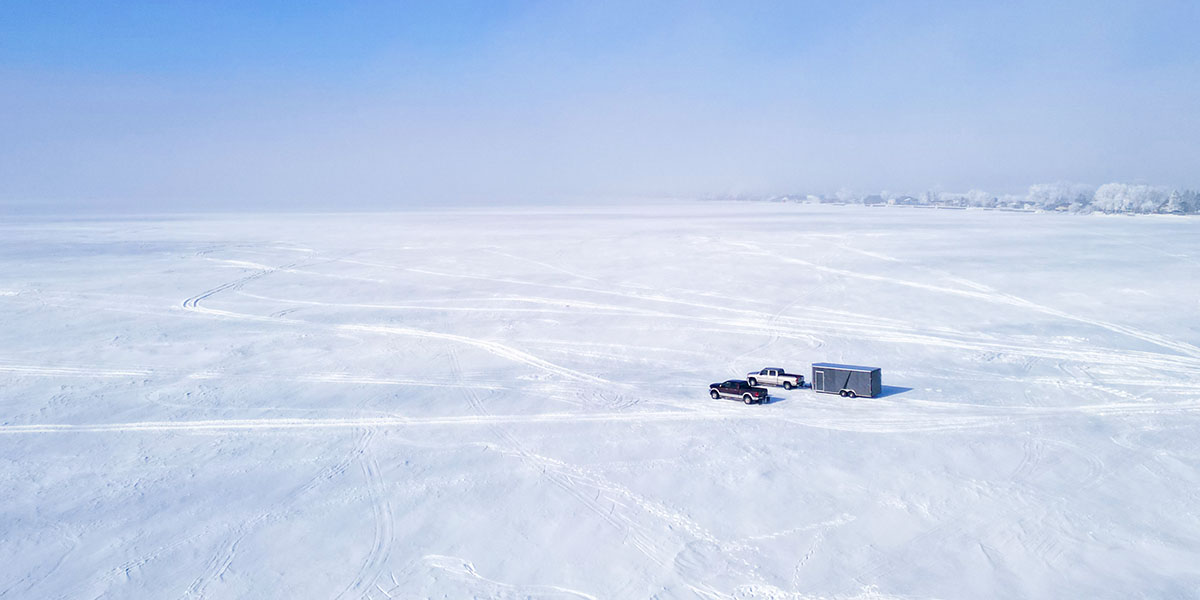If you’re rolling with a toy hauler — or shopping for one — you’re not the type to sit still for long. Your rig is built to haul adventure, and nothing gets the blood pumping like dropping that back ramp and letting those ATVs rip. And we’re ready to share eight of the best ATV locations to do just that!
Here’s some good news: There’s a variety of ATV locations here. Whether you’re into dusty desert rides, muddy mountain trails, or just long stretches of dirt begging to be fully sent, the U.S. is packed with off-road hotspots ready to be your basecamp.
Spanning the whole bumpy spread, these are eight of the most legendary ATV locations to park your toy hauler and let the good times roll. (Or bounce.)
1. Moab, Utah – Slickrock Mecca
Moab isn’t just for Jeeps. It’s a legendary launchpad for ATV riders who want big views, red rock, and challenging terrain that’ll make your knuckles white. The area around Moab offers everything from family-friendly dirt paths to slick-rock climbs that’ll test your balance and nerve.
The Sand Flats Recreation Area is one of the most popular spots, known for the Fins and Things Trail and the infamous Hell’s Revenge. The city is extremely ATV-friendly, with rental shops, trail maps, and a community that welcomes off-roaders with open arms.
You can stay at Village Camp Moab, which features deluxe RV sites perfect for toy haulers and easy access to trails.
Why We Love It: Ride straight from many campsites to the trailheads — no need to trailer out once you’re parked.
2. Hatfield-McCoy Trails, West Virginia – 1,000+ Miles of Grit and Glory
Spread across seven different trail systems, the Hatfield-McCoy Trails offer a massive network of routes. One of the things that’s great is that it’s tailored for dirt-lovers of all skill levels. With more than 1,000 miles to explore, this place is a must-visit location for anyone serious about off-roading.
Most towns in the area are trailhead-friendly. So, it’s not uncommon to see ATVs fueling up at gas stations or parked to grab a burger downtown. The Rockhouse Trail System near Man and Gilbert, WV, is especially popular for its mix of easy cruisers and difficult climbs.
For home base, park yourself at Twin Hollow Campground, where you’ll find full hook-ups, wide sites for your hauler, and immediate trail access.
Why We Love It: You can spend a full week here and still not hit the same trail twice.
3. Oregon Dunes National Recreation Area – Pacific Coastal Sand Slingin’
Stretching for 40 miles along Oregon’s Pacific shoreline, this massive coastal dune playground is the perfect mix of beach breeze and ATV buzz. The Oregon Dunes offer everything from wide-open sand bowls to steep drop-ins. And you’ll find plenty of terrain where you can let loose.
Several staging areas allow for primitive camping, but if you’re hauling a larger toy hauler, it’s best to set up at a full-service campground like Spinreel Campground, which provides direct dune access.
Why We Love It: Coastal ATV riding is rare — and nothing beats a hot ride with a cool ocean view.
4. Imperial Sand Dunes, California – Glamis in All Its Glory
Known simply as Glamis, this is the Holy Grail of sand for serious riders. With dunes that tower over 300 feet tall and cover more than 40 miles of terrain, it’s the ultimate spot for wide-open throttles, steep climbs, and adrenaline-fueled hill jumps.
You’ll be dry camping here. (It’s part of the Bureau of Land Management.) But the experience is unbeatable if you’re geared up for boondocking. Bring plenty of water, gas, and a full charge. (You’ll want to stay as long as possible.)
Check out the Glamis North Hot Springs Resort if you want a soak after a day of sand slingin’.
Why We Love It: It’s one of the most iconic ATV destinations in the U.S. — and you’ll feel like a desert legend the second you drop your ramp.
5. Paiute ATV Trail, Utah – Hard to Say, Hard to Master
For riders who like a mix of speed, scenery, and technical challenge, the Paiute Trail system delivers. This 275-mile loop winds through Fishlake National Forest and features everything from alpine meadows to tight switchbacks through pine forest.
The towns of Marysvale and Richfield are perfect basecamps for toy haulers. South Forty RV Park gives you trail access right from the site. (Complete with plenty of space for big rigs and garage units.)
Why We Love It: It’s a rare combo of high-altitude beauty and long-haul riding. Plus, you might just spot moose on the trail.
6. Windrock Park, Tennessee – The East’s Off-Road King
Windrock Park is the largest privately owned off-road recreation area in the United States. Spanning over 73,000 acres and featuring 300 miles of trails, the park ranges from easy gravel to challenging rock crawls. It’s a favorite among ATV clubs and event organizers. Additionally, it hosts regular jamborees and rides.
The on-site Windrock Campground is built with off-roaders in mind, offering wide, level sites and quick access to trailheads.
Why We Love It: It’s the only Glamis-sized experience this side (the good side) of the Mississippi.
7. Croom Motorcycle Area, Florida – Year-Round Riding in Paradise
About 45 minutes north of Tampa, Croom delivers a sunny outdoor punch. Specifically, we’re talking about 2,600 acres of sand hills, scrambles, and tight wooded trails. It’s perfect for families and beginners, but still fun for experienced riders.
Set up at Buttgenbach Campground, where you’ll find electric and water hookups, showers, and a direct trail connection.
Why We Love It: It’s one of the few places where you can ride year-round. (No snow, no problem.)
8. St. Anthony Sand Dunes, Idaho – High Desert Heaven
This high-desert riding oasis offers nearly 11,000 acres of dunes. These vary from playful bowls to steep climbs that rival anything in Glamis. It’s less crowded than some of the better-known spots, making it ideal for those seeking a more unencumbered, wild ride.
Toy hauler drivers should check out Sand Hills Resort, which has pull-through sites and killer views of the dunes.
Why We Love It: It’s Glamis’ underrated cousin—with cool temps and fewer crowds.
ATV Locations Worth the Haul
Wherever your toy hauler takes you, the best destinations share one thing in common — open space to ride and a welcoming place to crash. These spots check both boxes and then some. Just don’t forget a GoPro or two. You’ll want to remember these rides.


